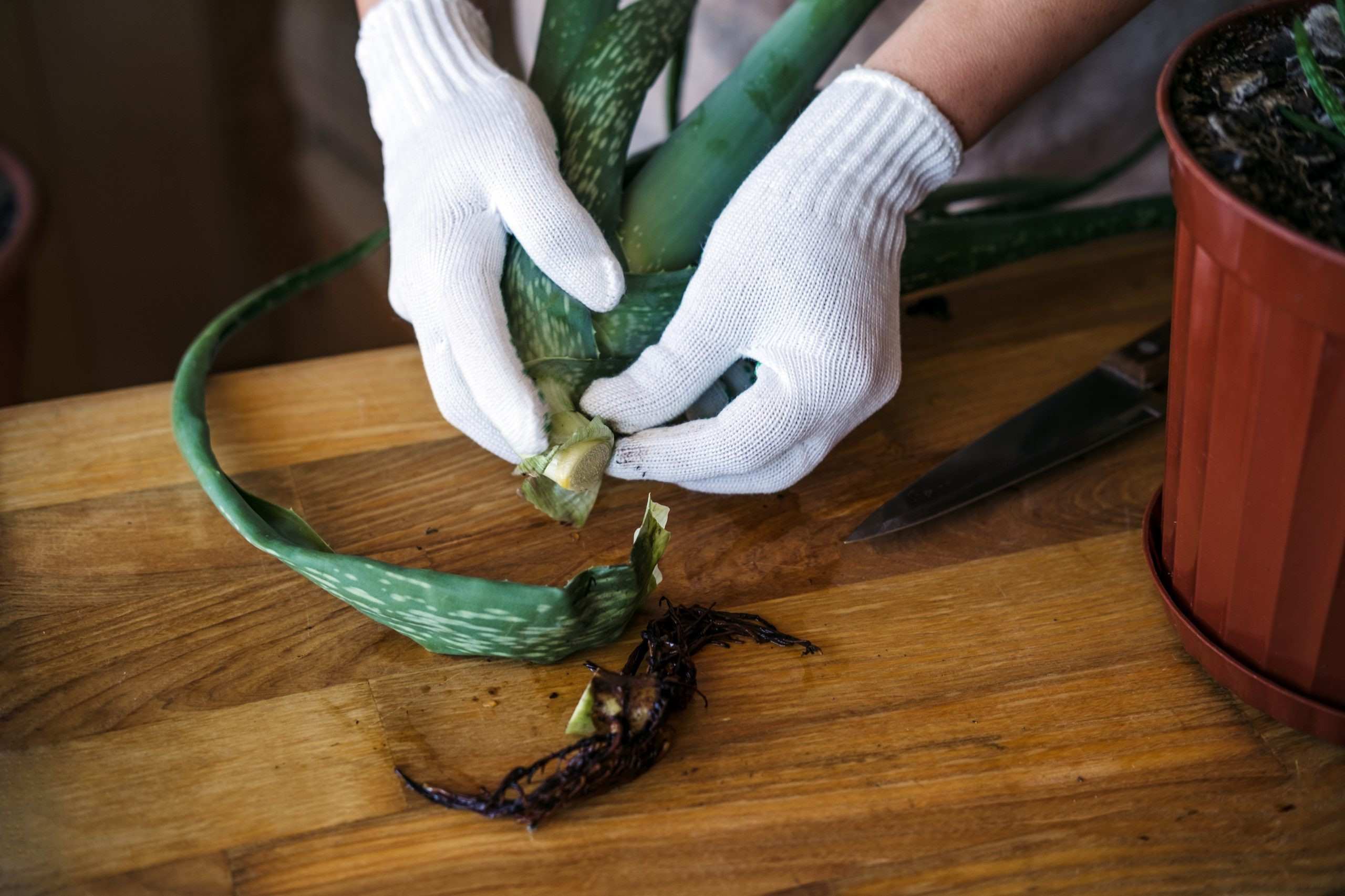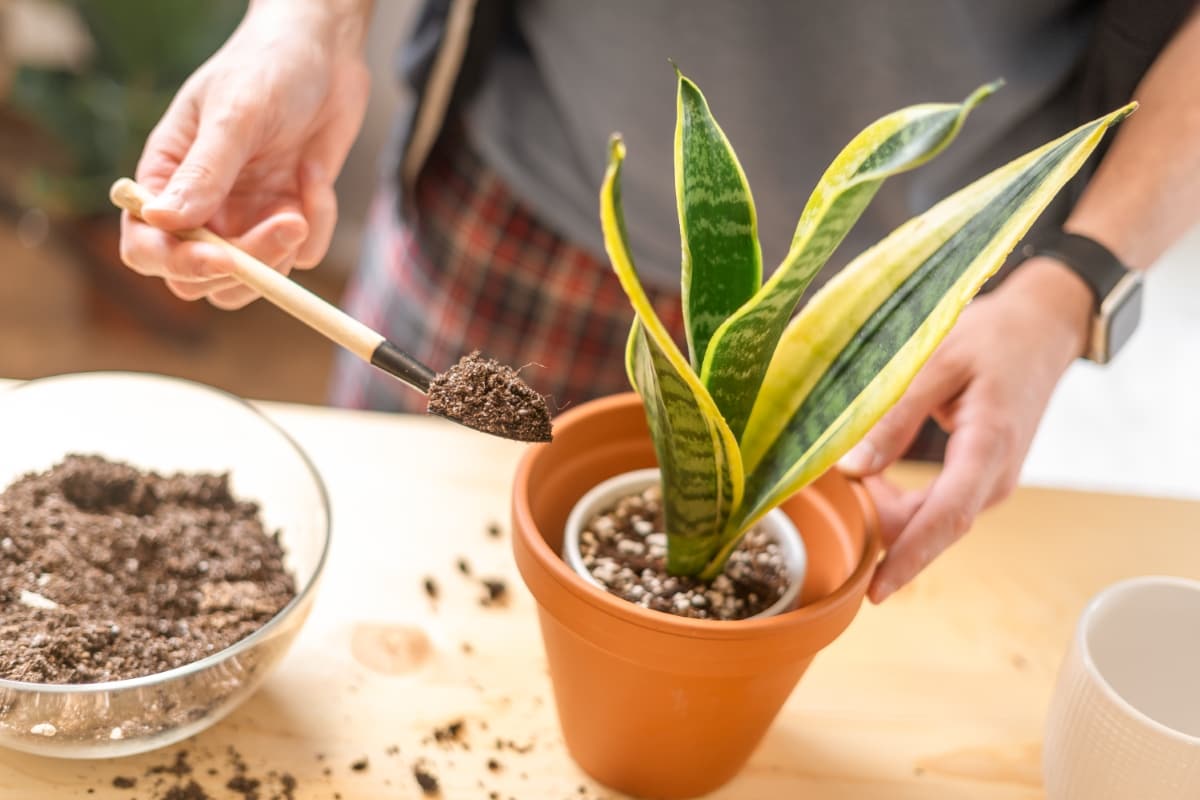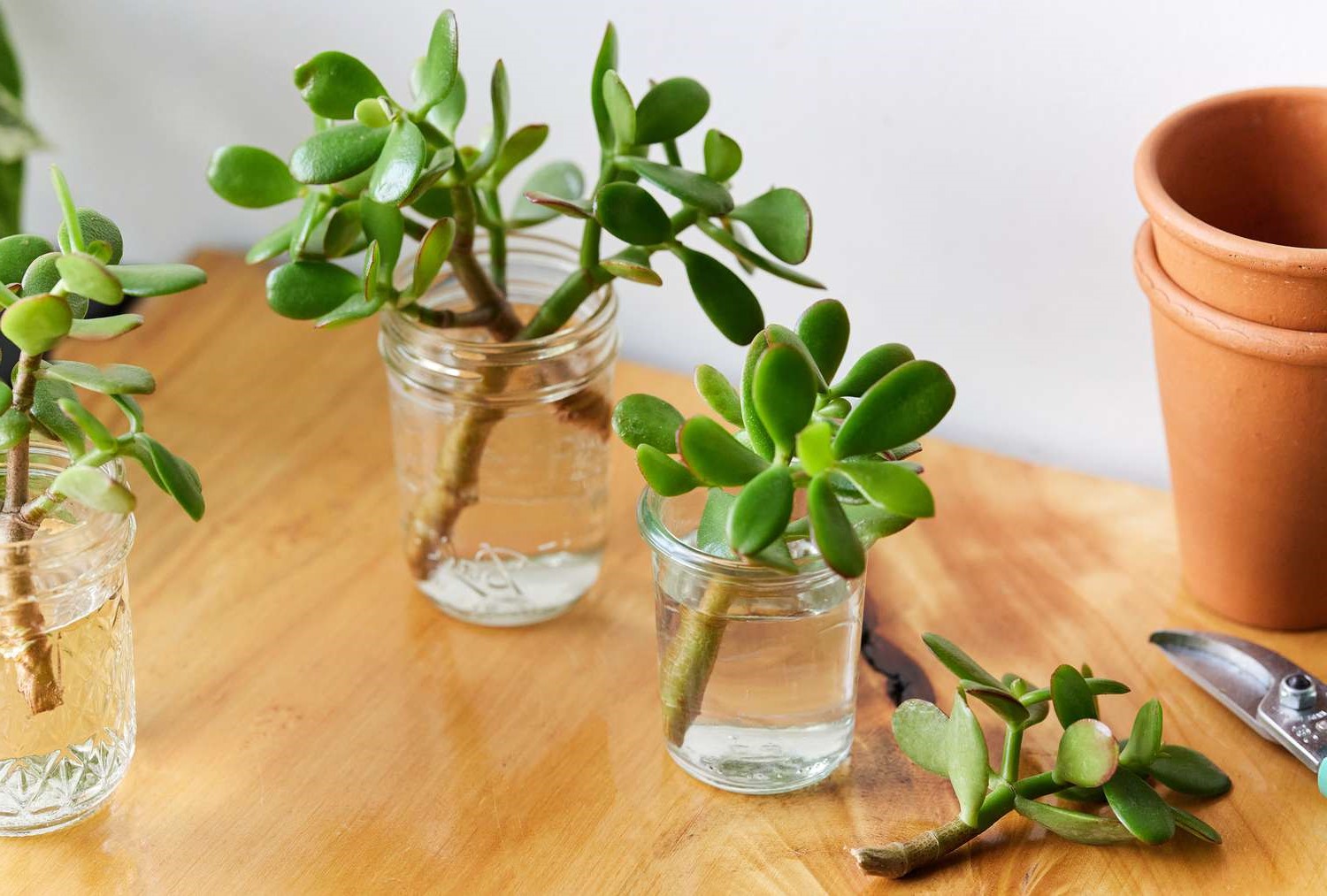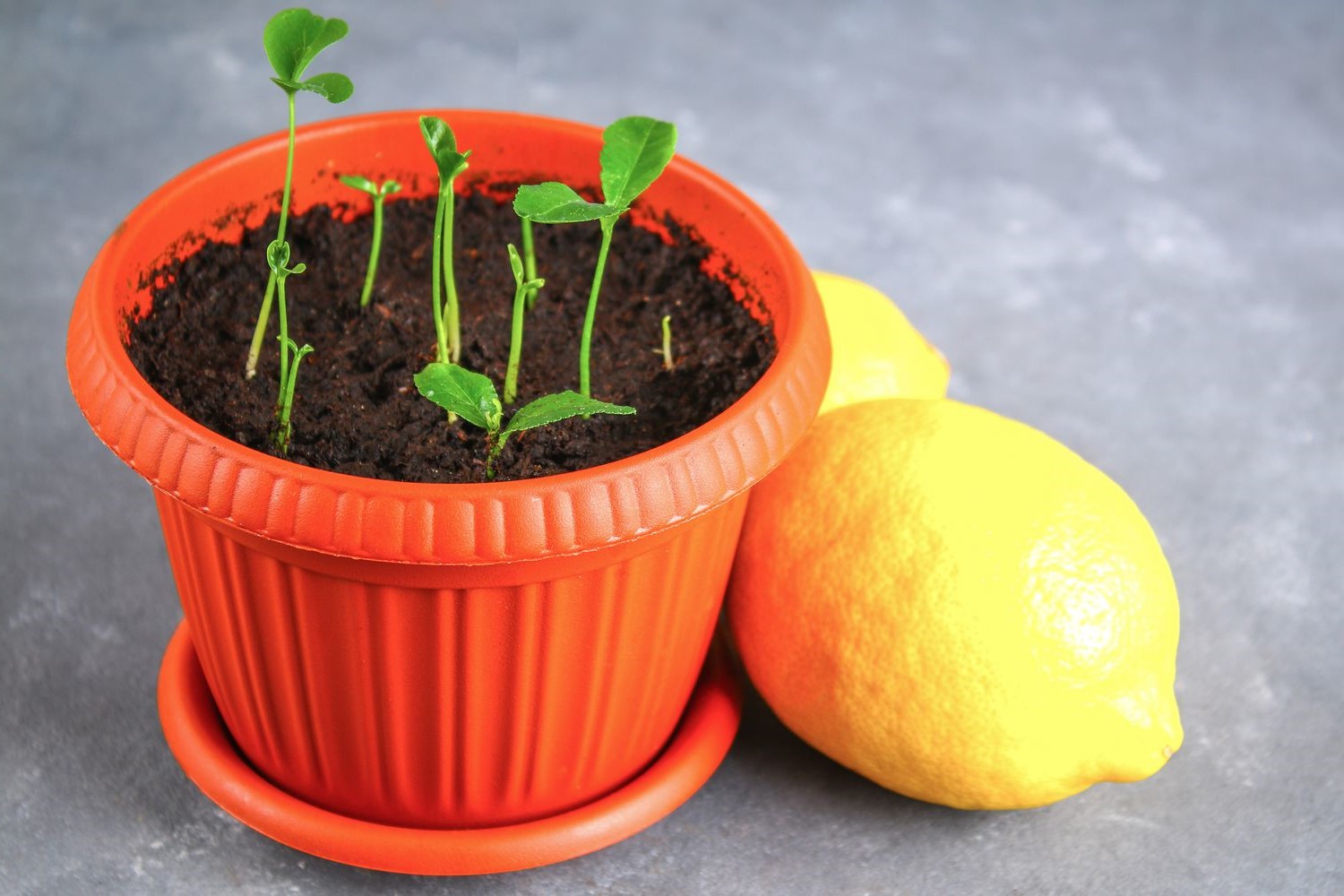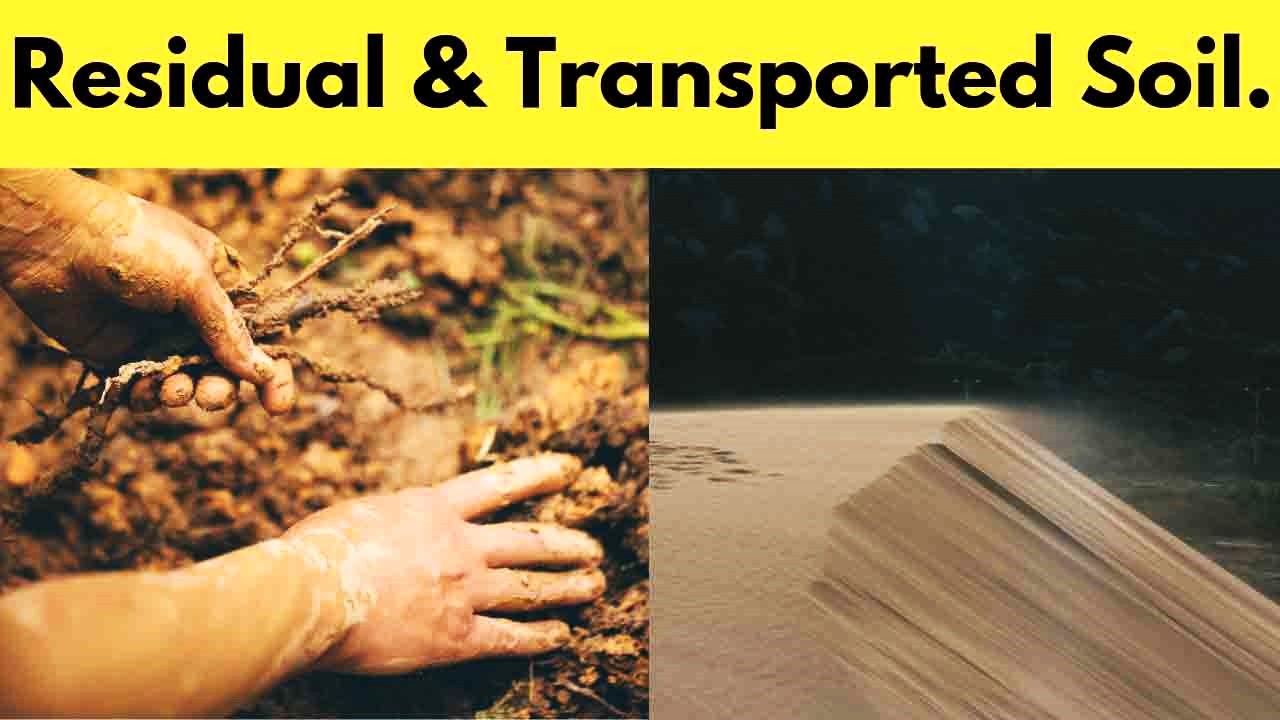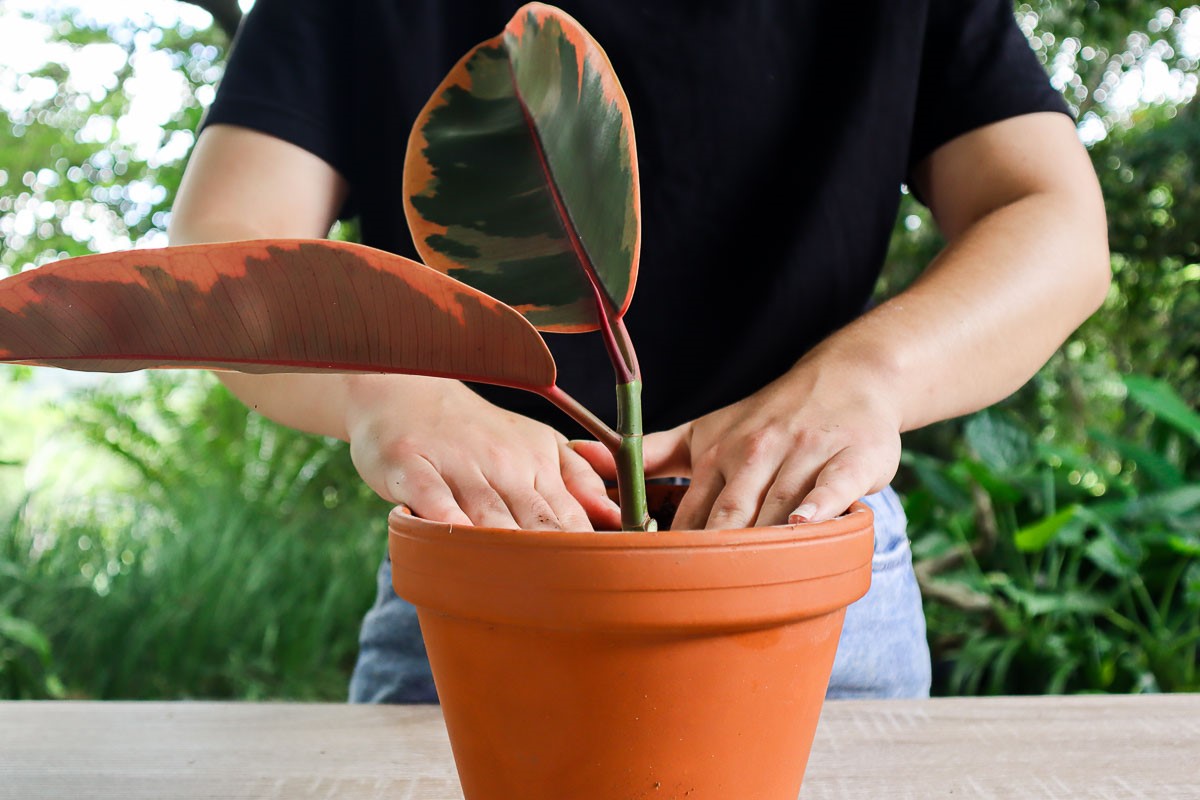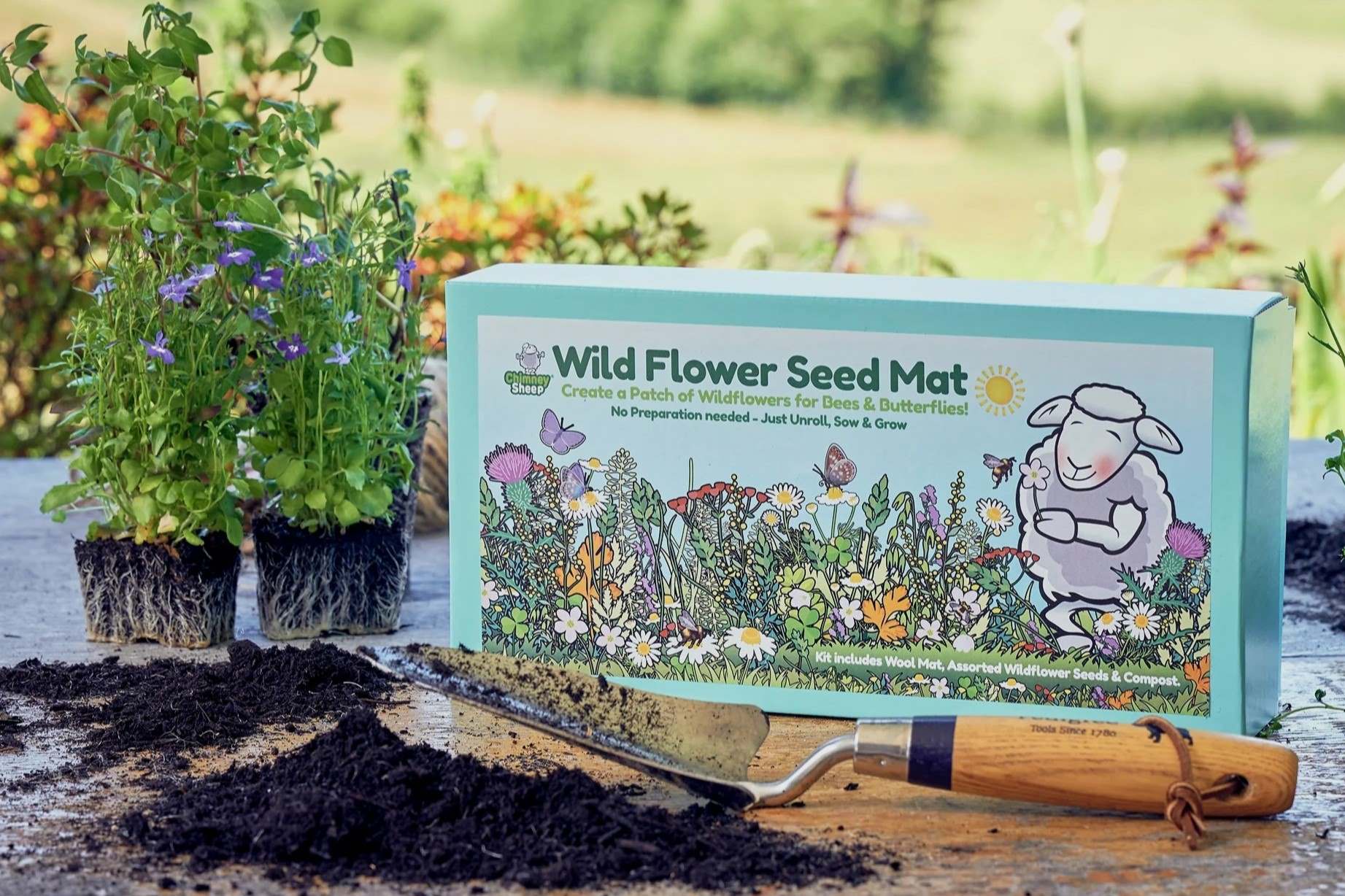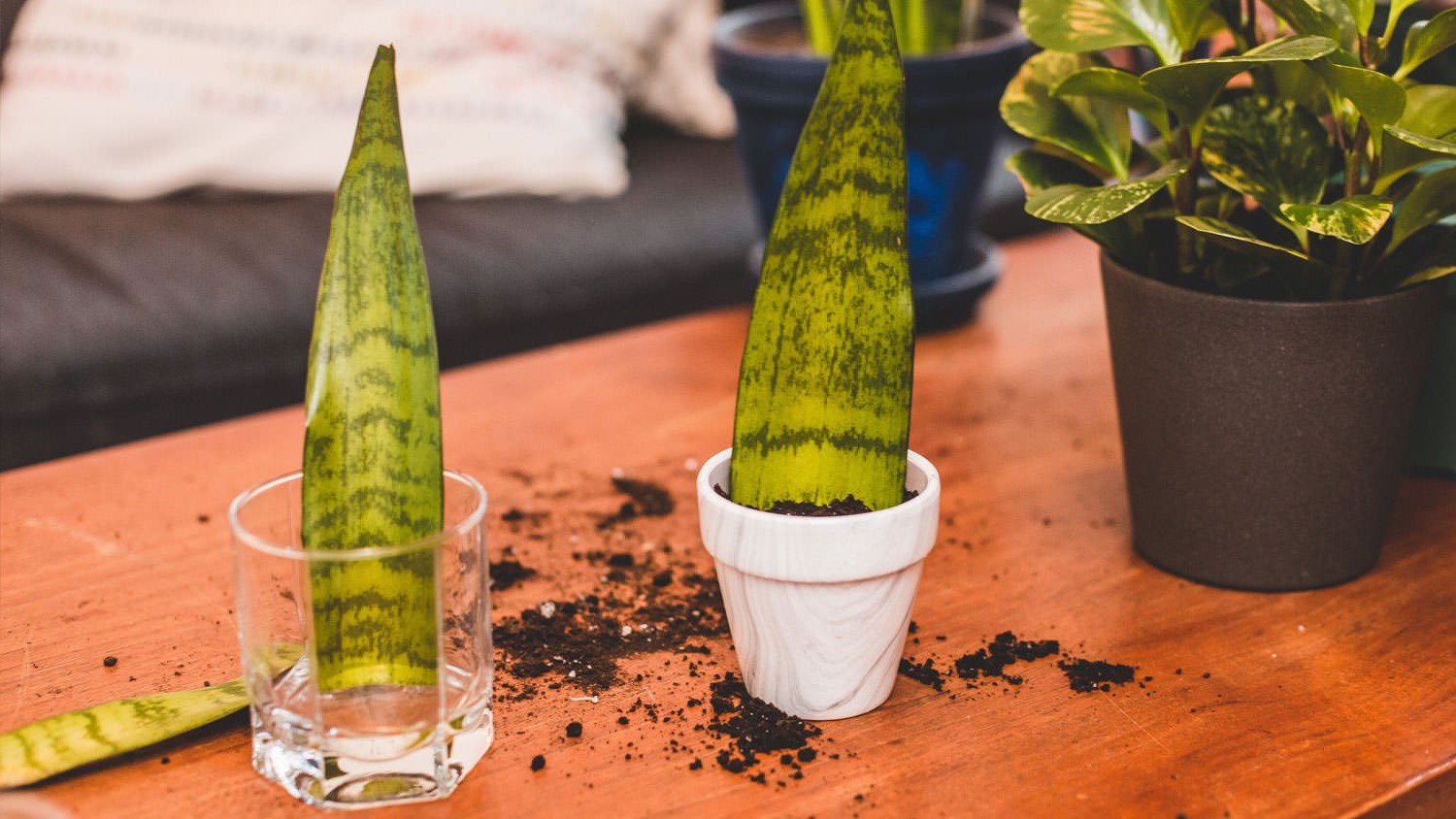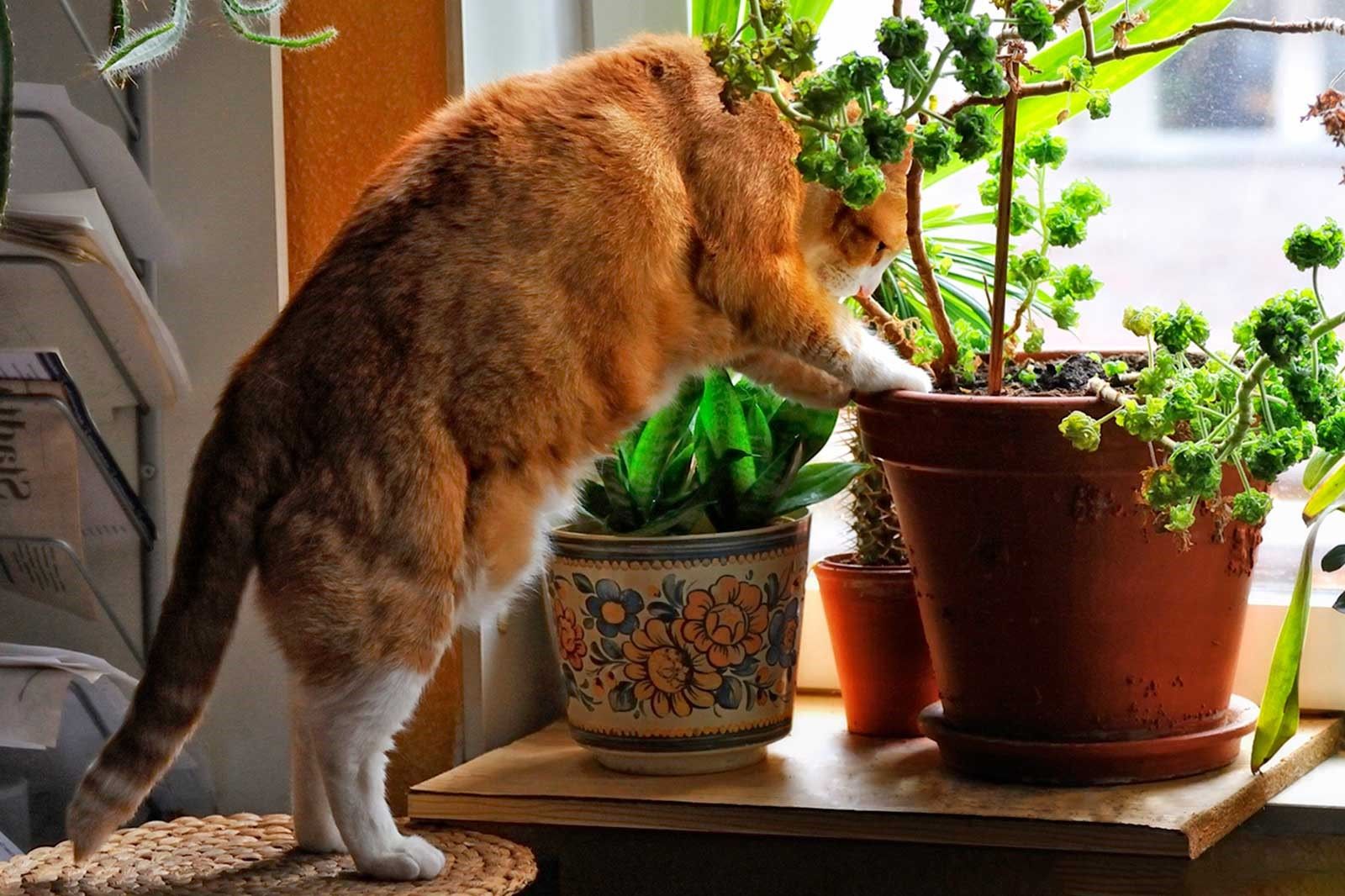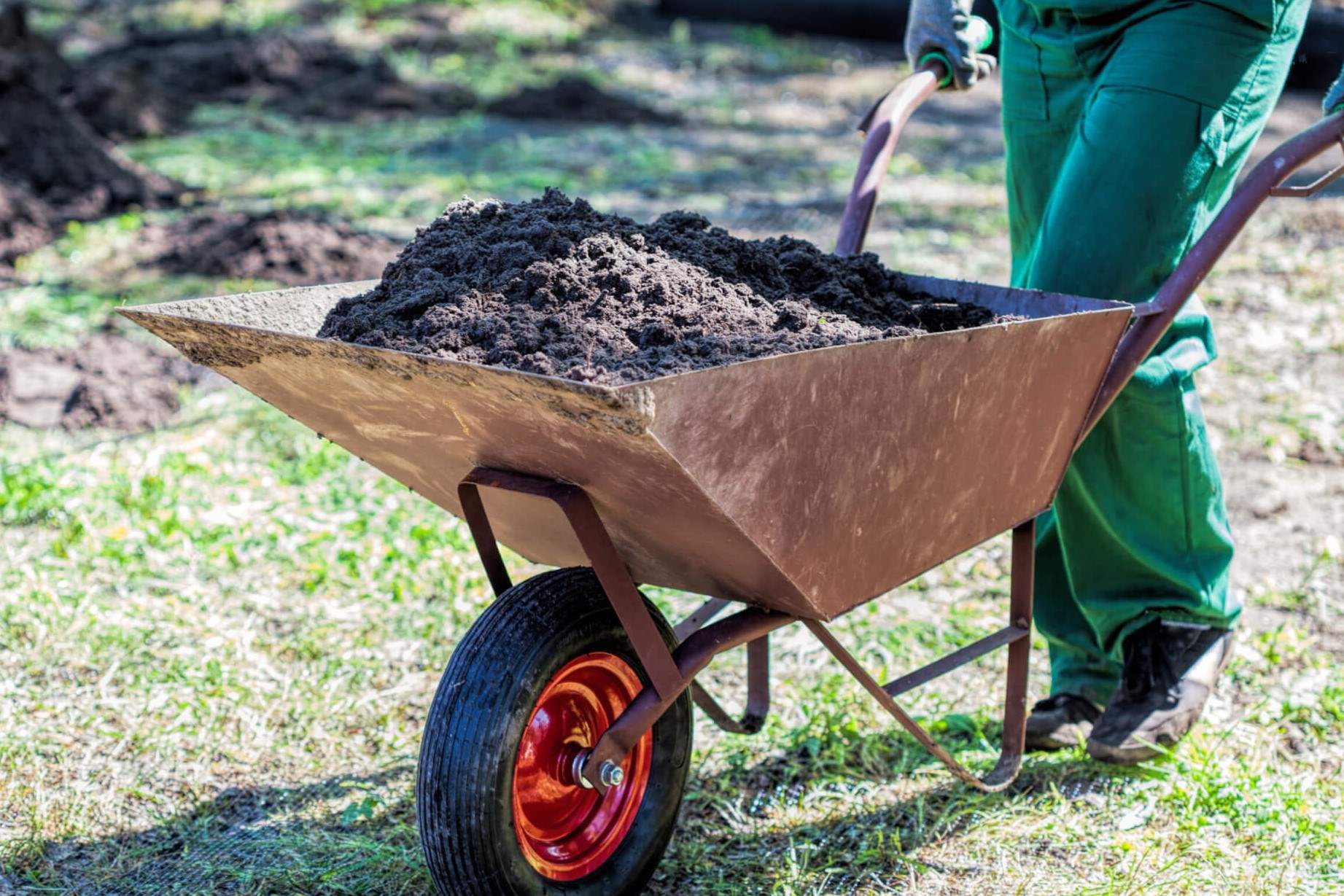Home>Home and Garden>How To Choose The Right Soil For Aloe Vera Plants
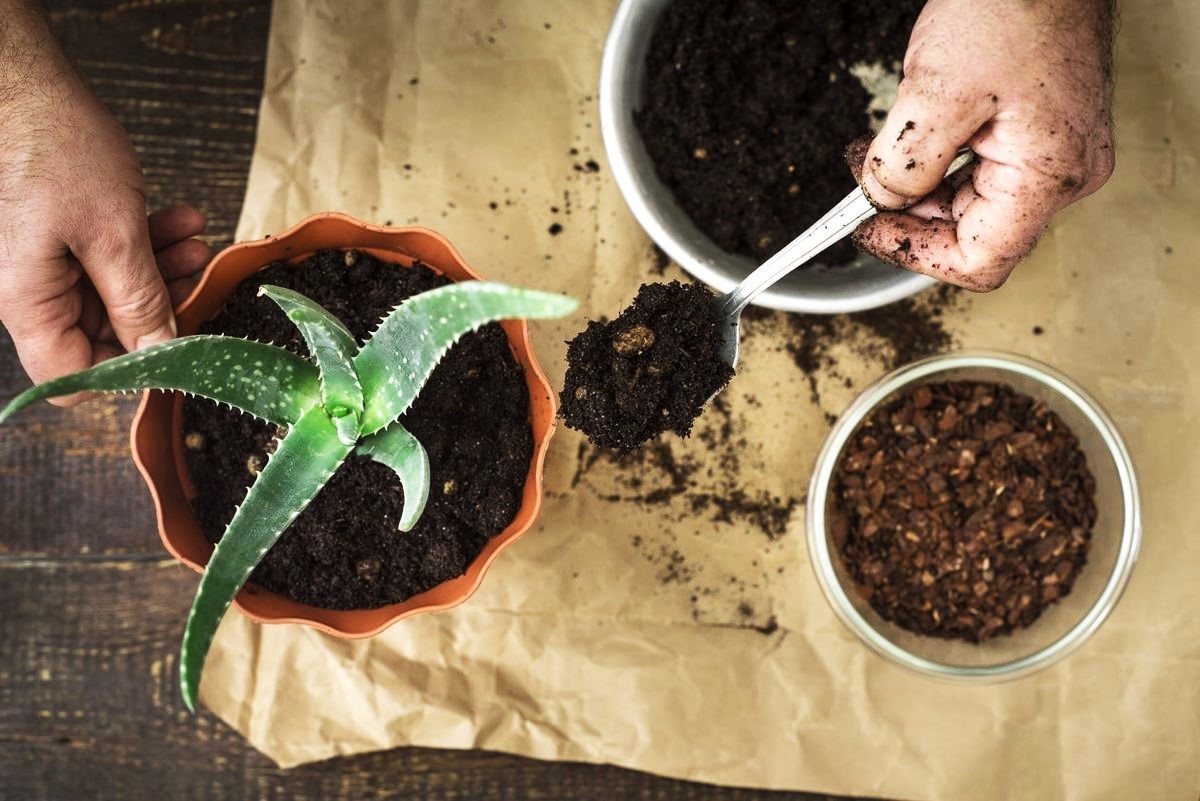

Home and Garden
How To Choose The Right Soil For Aloe Vera Plants
Published: March 2, 2024
Learn how to select the best soil for your aloe vera plants with our expert tips and advice. Create the perfect environment for your home and garden.
(Many of the links in this article redirect to a specific reviewed product. Your purchase of these products through affiliate links helps to generate commission for Noodls.com, at no extra cost. Learn more)
Table of Contents
Introduction
Aloe vera, with its striking succulent leaves and numerous health benefits, has become a popular choice for both indoor and outdoor plant enthusiasts. Whether you're a seasoned gardener or a novice plant parent, understanding the importance of choosing the right soil for aloe vera plants is crucial for their overall health and vitality.
In this comprehensive guide, we will delve into the intricacies of selecting the optimal soil for aloe vera plants. From exploring the unique characteristics of aloe vera to identifying the key attributes of suitable soil, this article will equip you with the knowledge needed to ensure the thriving growth of your aloe vera plants.
So, if you've ever found yourself pondering over the ideal soil composition for your aloe vera, or if you're simply eager to enhance your gardening expertise, you're in the right place. Let's embark on this enlightening journey to uncover the secrets of nurturing vibrant and resilient aloe vera plants through the art of soil selection.
Understanding Aloe Vera Plants
Aloe vera, a member of the succulent family, is renowned for its distinctive appearance and versatile properties. This perennial plant features thick, fleshy leaves that store water, enabling it to thrive in arid conditions. Originating from the Arabian Peninsula, aloe vera has been cultivated for centuries due to its medicinal and ornamental value.
In addition to its aesthetic appeal, aloe vera is celebrated for its myriad of health benefits. The gel found within its leaves is a natural remedy for skin ailments, ranging from sunburns to minor cuts and abrasions. Furthermore, aloe vera is recognized for its air-purifying qualities, making it a popular choice for indoor environments.
Understanding the unique characteristics of aloe vera plants is essential for providing them with the optimal growing conditions. These plants require well-draining soil to prevent waterlogged roots, as excessive moisture can lead to rot and other detrimental conditions. Additionally, aloe vera thrives in bright, indirect sunlight, making it an ideal choice for both indoor and outdoor settings.
Aloe vera plants are relatively low-maintenance, making them an excellent choice for novice gardeners. Their ability to tolerate drought conditions and minimal watering further adds to their appeal. However, it is crucial to ensure that the soil in which aloe vera is planted is conducive to its growth and development.
By gaining a deeper understanding of aloe vera plants, including their natural habitat, growth requirements, and unique properties, you can effectively cater to their specific needs. This knowledge forms the foundation for selecting the right soil, ensuring that your aloe vera plants flourish and thrive in their environment.
Importance of Choosing the Right Soil
Selecting the appropriate soil for aloe vera plants is a critical factor that directly influences their overall well-being and longevity. The significance of choosing the right soil cannot be overstated, as it directly impacts the plant's ability to absorb essential nutrients, maintain proper moisture levels, and establish a stable root system.
The right soil acts as a supportive medium, providing a stable foundation for aloe vera plants to thrive. It facilitates the efficient uptake of water and nutrients, essential for sustaining the plant's growth and vitality. Inadequate soil composition can hinder the plant's ability to access these vital elements, leading to stunted growth and diminished health.
Furthermore, the right soil composition plays a pivotal role in preventing waterlogging, a common issue that can be detrimental to aloe vera plants. Aloe vera, native to arid regions, is accustomed to well-draining soil that prevents excess moisture from accumulating around its roots. Without proper drainage, the risk of root rot and other moisture-related ailments significantly increases, jeopardizing the plant's overall health.
In addition to facilitating optimal moisture levels, the right soil supports the development of a robust root system. Aloe vera plants rely on a well-established root network to anchor themselves and access the resources necessary for sustained growth. The right soil composition encourages the proliferation of healthy roots, enhancing the plant's stability and resilience.
Moreover, the right soil acts as a buffer, protecting aloe vera plants from extreme environmental conditions. It aids in regulating temperature and moisture levels, shielding the plants from potential stressors and ensuring their continued well-being.
By recognizing the importance of selecting the right soil for aloe vera plants, gardeners and plant enthusiasts can proactively create an environment that fosters optimal growth and vitality. This conscientious approach not only benefits the plants themselves but also contributes to the overall aesthetic and functional appeal of the surrounding space.
In essence, the significance of choosing the right soil for aloe vera plants lies in its ability to create a nurturing environment that supports their unique growth requirements. This foundational element sets the stage for the plants to thrive, flourish, and enrich their surroundings with their natural beauty and beneficial properties.
Characteristics of Ideal Soil for Aloe Vera Plants
The ideal soil for aloe vera plants exhibits specific characteristics that cater to their unique growth requirements. Understanding these key attributes is essential for creating an environment conducive to the thriving development of aloe vera. Here are the essential characteristics of the ideal soil for aloe vera plants:
-
Well-Draining: The foremost characteristic of ideal soil for aloe vera plants is its ability to drain effectively. Aloe vera, native to arid regions, is accustomed to well-draining soil that prevents water from accumulating around its roots. This prevents the risk of root rot and other moisture-related ailments, safeguarding the plant's overall health.
-
Aeration: Optimal soil for aloe vera plants promotes adequate aeration, allowing oxygen to reach the roots. This facilitates the respiration process and supports the development of a healthy root system, essential for the plant's overall vitality.
-
Slightly Acidic pH: Aloe vera thrives in slightly acidic soil with a pH level ranging from 6.0 to 7.0. This pH range supports the efficient uptake of essential nutrients, ensuring that the plant has access to the elements necessary for robust growth and development.
-
Loose Texture: The ideal soil for aloe vera is characterized by a loose, well-textured composition. This allows for proper root penetration and encourages the establishment of a robust root system, enabling the plant to anchor itself securely and access essential resources.
-
Nutrient-Rich: While aloe vera is known for its ability to thrive in nutrient-poor conditions, the ideal soil should still contain a balanced array of essential nutrients. This ensures that the plant has access to the necessary elements for sustained growth and overall well-being.
-
Sandy or Cactus Mix: Aloe vera plants thrive in soil that mimics their natural habitat. A well-draining mix, such as sandy soil or a specialized cactus mix, provides the ideal growing medium for aloe vera, closely resembling the conditions found in their native environment.
By incorporating these characteristics into the soil used for aloe vera plants, gardeners can create an environment that supports their unique growth requirements. This thoughtful approach sets the stage for vibrant, resilient aloe vera plants that enrich their surroundings with their natural beauty and beneficial properties.
Types of Soil to Avoid
When cultivating aloe vera plants, it is imperative to steer clear of soil types that can compromise their well-being and hinder their growth. Understanding the types of soil to avoid is essential for creating an environment that fosters the optimal development of aloe vera. Here are the soil types to avoid when tending to aloe vera plants:
-
Heavy Clay Soil: Aloe vera plants are highly susceptible to root rot when exposed to heavy clay soil. This dense soil composition retains excessive moisture, leading to waterlogged conditions that can prove fatal to the plants. The lack of proper drainage in heavy clay soil poses a significant risk to the overall health of aloe vera plants.
-
Compacted Soil: Soil that is compacted and lacks adequate aeration is detrimental to the growth of aloe vera plants. Compacted soil restricts root development and inhibits the efficient exchange of gases, impeding the plant's ability to respire and absorb essential nutrients. This can result in stunted growth and diminished vitality.
-
Water-Retentive Soil: Soil with a high water-retentive capacity, such as peat-based mixes, can spell trouble for aloe vera plants. While these soil types may be suitable for moisture-loving plants, they are unsuitable for aloe vera, which thrives in well-draining conditions. Excessive moisture retention can lead to root suffocation and subsequent deterioration of the plant's health.
-
Alkaline Soil: Aloe vera plants prefer slightly acidic soil with a pH level ranging from 6.0 to 7.0. Alkaline soil, characterized by a pH level above 7.0, can hinder the uptake of essential nutrients, leading to nutrient deficiencies and impaired growth. It is crucial to avoid soil with an alkaline pH to ensure the optimal health of aloe vera plants.
-
Rich, Organic Soil: While organic matter is beneficial for many plants, aloe vera thrives in soil with minimal organic content. Rich, organic soil retains moisture and may lead to root rot in aloe vera plants. It is essential to avoid soil that is excessively rich in organic matter to prevent moisture-related issues and maintain the plant's overall well-being.
By steering clear of these unsuitable soil types and prioritizing the characteristics of ideal soil, gardeners can create an environment that supports the thriving growth of aloe vera plants. This mindful approach ensures that the unique requirements of aloe vera are met, allowing the plants to flourish and enrich their surroundings with their natural beauty and beneficial properties.
Testing and Preparing Soil for Aloe Vera Plants
Before planting aloe vera, it is essential to ensure that the soil meets the specific requirements for optimal growth. Testing the soil and making necessary preparations are crucial steps in creating a conducive environment for aloe vera plants to thrive.
Soil Testing
Conducting a simple soil test can provide valuable insights into the composition and characteristics of the soil. This can be done using a soil testing kit or by sending a sample to a professional laboratory for analysis. The test results will reveal the pH level, nutrient content, and drainage capacity of the soil, allowing gardeners to make informed decisions regarding soil amendments and preparations.
Adjusting pH Levels
If the soil test indicates that the pH level is outside the ideal range for aloe vera plants, adjustments can be made to create a more suitable environment. Adding sulfur to lower the pH or incorporating lime to raise it can help align the soil's acidity with the plant's preferences. By achieving the optimal pH range of 6.0 to 7.0, the soil becomes more conducive to the growth and development of aloe vera plants.
Improving Drainage
In cases where the soil exhibits poor drainage, amendments can be made to enhance its permeability. Mixing coarse sand, perlite, or gravel into the soil can improve its drainage capacity, preventing waterlogging and ensuring that excess moisture does not accumulate around the plant's roots. This modification is particularly crucial for aloe vera, as it mimics the well-draining conditions of its native habitat.
Creating a Suitable Mix
Preparing a specialized soil mix tailored to the needs of aloe vera plants can significantly contribute to their overall health and vitality. A well-balanced combination of sandy soil, perlite, and a small amount of organic matter can create an ideal growing medium for aloe vera. This mix promotes proper aeration, facilitates drainage, and provides the necessary support for the plant's root system.
Ensuring Nutrient Availability
While aloe vera is known for its ability to thrive in nutrient-poor conditions, ensuring the availability of essential nutrients in the soil is still crucial for sustained growth. Incorporating a balanced fertilizer specifically formulated for succulent plants can supplement the soil with the necessary nutrients, supporting the overall well-being of aloe vera.
By meticulously testing and preparing the soil for aloe vera plants, gardeners can establish an environment that aligns with the plant's unique requirements. This proactive approach sets the stage for vibrant, resilient aloe vera plants that flourish and enrich their surroundings with their natural beauty and beneficial properties.
Conclusion
In conclusion, the process of selecting the right soil for aloe vera plants is a fundamental aspect of nurturing these resilient succulents. By understanding the unique characteristics of aloe vera and the essential attributes of suitable soil, gardeners can create an environment that supports the thriving growth and vitality of these remarkable plants.
The ideal soil for aloe vera exhibits specific characteristics, including effective drainage, adequate aeration, a slightly acidic pH, loose texture, and a nutrient-rich composition. By incorporating these qualities into the soil, gardeners can ensure that aloe vera plants have access to the optimal growing medium that closely resembles their natural habitat.
Conversely, it is crucial to avoid soil types that can compromise the well-being of aloe vera plants, such as heavy clay soil, compacted soil, water-retentive soil, alkaline soil, and rich, organic soil. Steering clear of these unsuitable soil types is essential for preventing moisture-related issues and supporting the overall health of aloe vera plants.
Furthermore, the process of testing and preparing the soil for aloe vera plants plays a pivotal role in creating an environment that aligns with their specific requirements. Conducting soil tests, adjusting pH levels, improving drainage, creating a suitable soil mix, and ensuring nutrient availability are essential steps that contribute to the successful cultivation of vibrant and resilient aloe vera plants.
By prioritizing the selection of the right soil and implementing necessary preparations, gardeners can establish an environment that fosters the optimal growth and development of aloe vera plants. This conscientious approach not only benefits the plants themselves but also enhances the aesthetic and functional appeal of the surrounding space.
In essence, the journey of cultivating aloe vera plants begins with the thoughtful selection and preparation of the soil, laying the groundwork for a flourishing and harmonious coexistence with these remarkable succulents. As a result, gardeners and plant enthusiasts can revel in the beauty and benefits of vibrant aloe vera plants, knowing that they have provided them with the ideal environment to thrive and enrich their surroundings.
